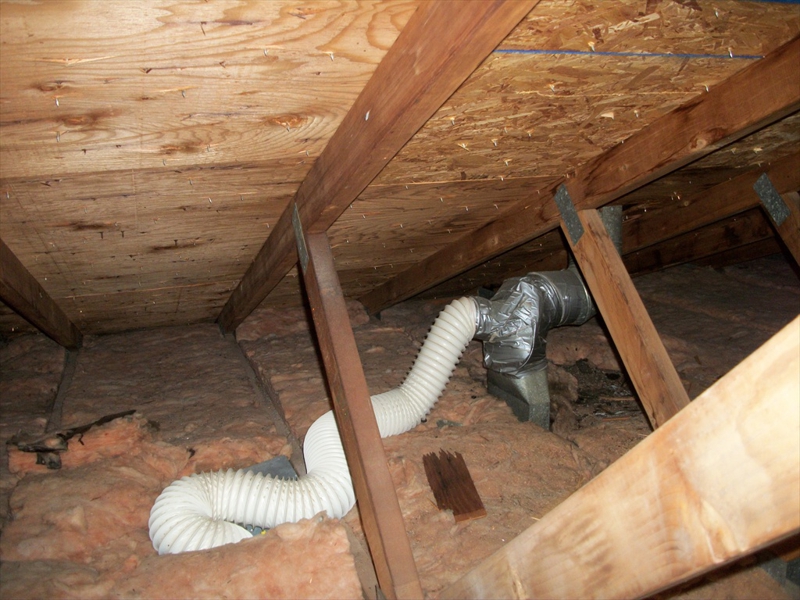It should be noted that mold can be very toxic to our health and it can easily spread to other areas of our house. This is particularly true if we don’t properly clean up our house. Attic is an ideal place for mold to grow, because it is the place where water could accumulate and the humidity level is higher. Attic mold is quite common in northern hemisphere and common causes of mold may include improper ventilation, roof leaks and ice damming. Humidity expelled by bathroom fans could also accumulate in attic. However, improper ventilation is by far the most cause of attic mold. Mold is unlikely to grow during summer months, when the humidity level is typically lower. Mold often grow in temperature less than 90 degrees Fahrenheit. There are some molds that can grow in very cold weather, such as Chrysophile molds that can propagate even it is below 20 degrees Fahrenheit.
It should be noted that mold can grow quickly in winter months, especially if we regularly heat our homes. Some of the heat may escape to the attic and melt some ice flakes. In this case, it is important that the attic has proper air circulation. If hot air mass is trapped inside the attic, water may slowly accumulate and the humidity level could increase. There will be many spots inside the attic where dew point is achieved. This would be a situation where condensation starts to occur. Walls and wood surfaces will become more humid and in more serious cases, water droplets may even form. This would be an ideal situation for mold to propagate and in some cases, mold could spread into the interior of our house. In some cases, the roof may have good ventilation, but the eves or soffits are not properly vented.
This is quite common when the house gets new siding, and although the eves appear to be vented, in reality, they’re not. This could happen when there are no holes on the plywood that covers the bottom of the eves. Although there are efforts to properly ventilate the attic, overzealous attempts to insulate it may actually block the air flow and this could prevent proper air ventilation. There’s an easy way to check whether the house has proper ventilation. We could go into the attic before winter, especially during sunny day and check whether the sunlight penetrate the attic. If there is visible sunlight along the edges, then the attic is properly ventilated. When it comes to air ventilation, there are two types of air flow, outgoing and incoming air. We need to ensure proper ventilation of outgoing air to allow heated or stale air to escape. We could do this by using powered vents, box vents, turbines and ridge vents. Incoming air is about allowing air to enter the rood through specific vents. This would be useful during summer to allow dry air to purge the attic of accumulated humidity. Continuous strip vents offer reliable way to circulate air and we could also use rectangular vents.
